Caspar David Friedrich: The Melancholy Romantic
Caspar David Friedrich is one of the most famous German painters and one of the most important. His works revolutionized landscape painting and had a great influence on later generations of artists.
Caspar David Friedrich (1744-1840) was born on September 5, 1774 in Greifswald in Pomerania, which at the time belonged to Sweden. His father was a Neubrandenburg soap maker, Adolph Gottlieb Friedrich, who with his wife Sophie Dorothea, had ten children. The painter was their sixth child.
Not much is known about Caspar David Friedrich's childhood; however, two traumatizing deaths defined his early years, which perhaps led to later depression. First, his mother died when he was only six years old, and at age 14, his younger brother Christoffer drowned in the presence of Caspar David, who tried in vain to save him.
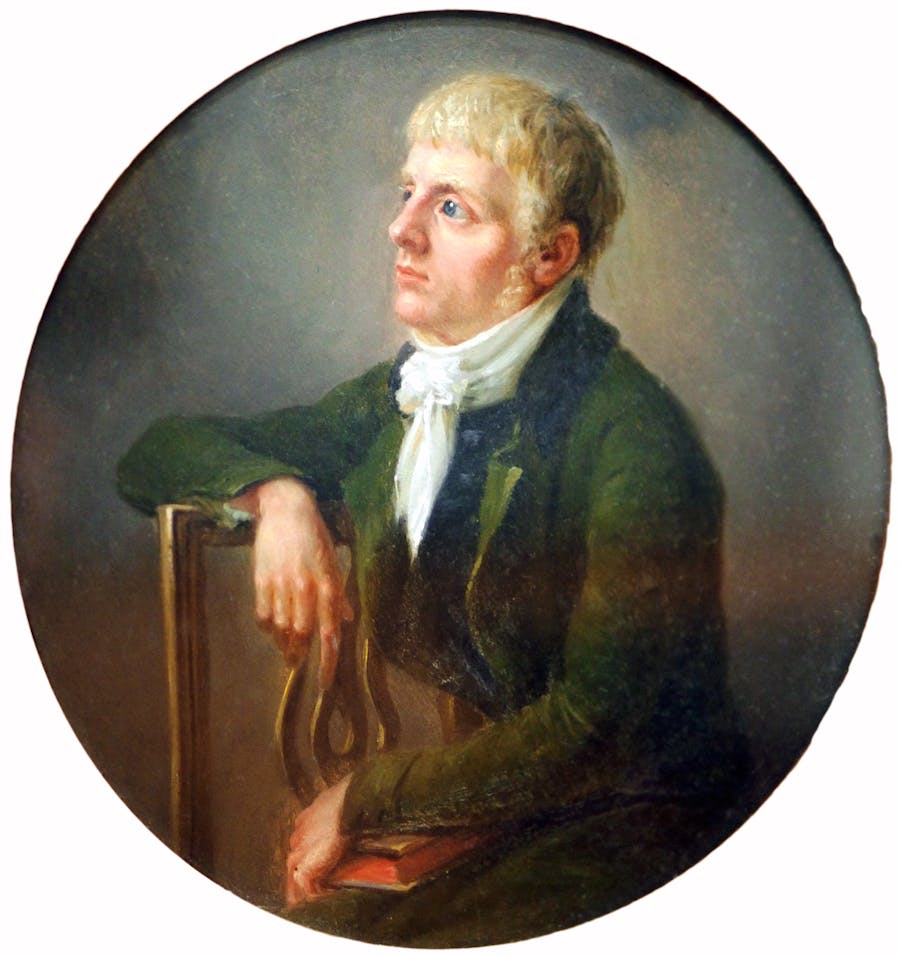
Friedrich's first drawing teacher was the master builder Johann Gottfried Quistorp, who had him draw nature and architecture in Greifswald and the surrounding area. From 1794 to 1798, Friedrich studied drawing at the Royal Danish Academy of Art in Copenhagen.
Related: Albrecht Dürer: 5 Extraordinary Facts
During and after his studies, Friedrich mainly executed ink and sepia drawings, as well as watercolors depicting landscape motifs or his family members and friends. He settled in Dresden, where he continued his studies. Already in 1800 he lived there as a freelance artist, who received orders mainly from the bourgeoisie. Despite these fortunate developments, Frederick suffered from depressive moods and even planned his own funeral.

After this uncreative phase, Frederick finally resumed his artistic activity and made sketches and drawings on his hikes through Saxony, Rügen and the Harz mountains with his circle of painter friends, including Gerhard von Kügelgen, Georg Friedrich Kersting and Caroline Bardua.
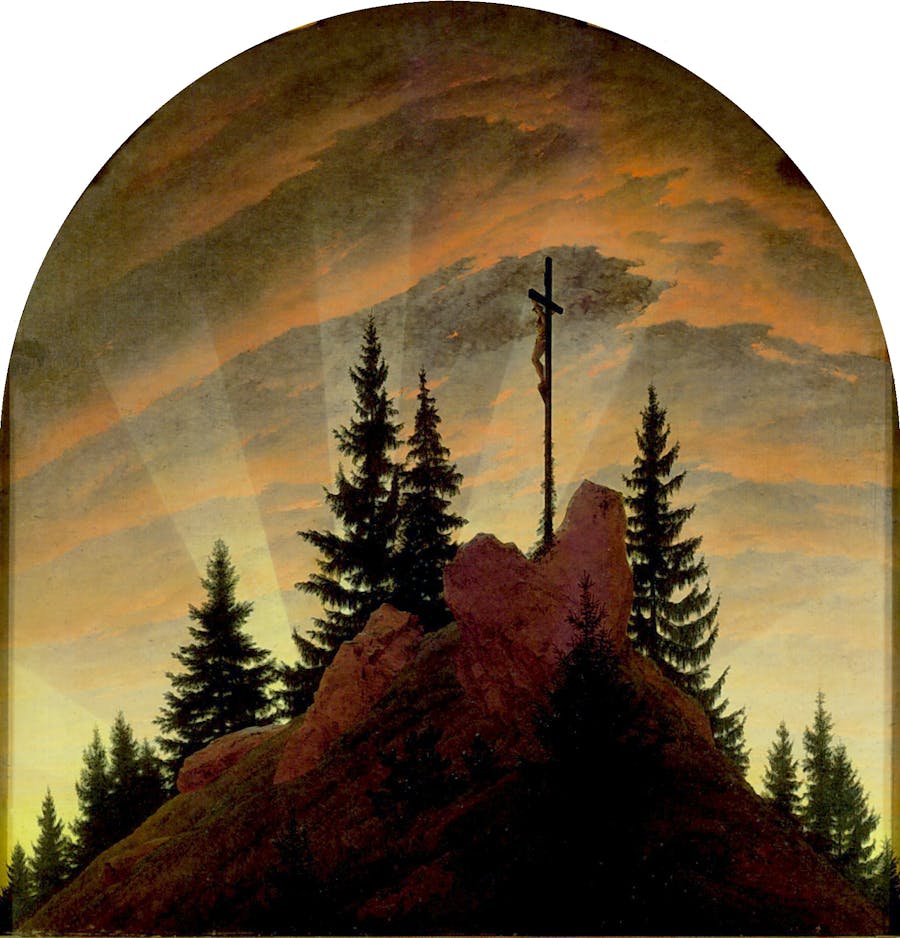
He had also turned to oil painting and in 1807, created the altarpiece Cross in the Mountains. The work broke with realistic landscape representations and established the 33-year-old painter as an important representative of the Romantic era with its inclusion of mystical and otherworldly elements.
Related: Seeing Double: Art in Art
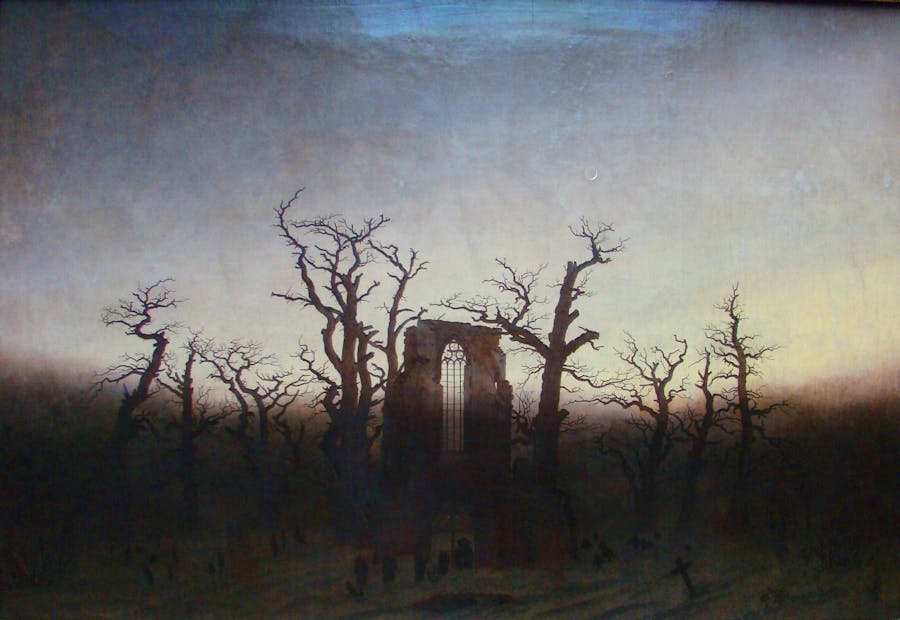
With the death of his father and his sister Dorothea, his depression returned. In his grief, he executed the paintings Abbey in Eichwald and The Monk by the Sea in 1809, both of which were bought in 1810 by the Prussian King Friedrich Wilhelm II, who was himself coping with the death of his wife Luise. This was followed by the nomination of Caspar David Friedrich to the Berlin Academy.
Related: Elisabeth Vigée Le Brun: The Royal Favorite
Interestingly enough, Caspar David Friedrich was not romantic at all according to today's view of romance. However, due to the regular income that he received beginning in December 1816 as a member of the Dresden Academy, he considered it his duty - he was already 42 years old - to start a family. Close friends of him, however, doubted that he was indeed suitable for marriage.
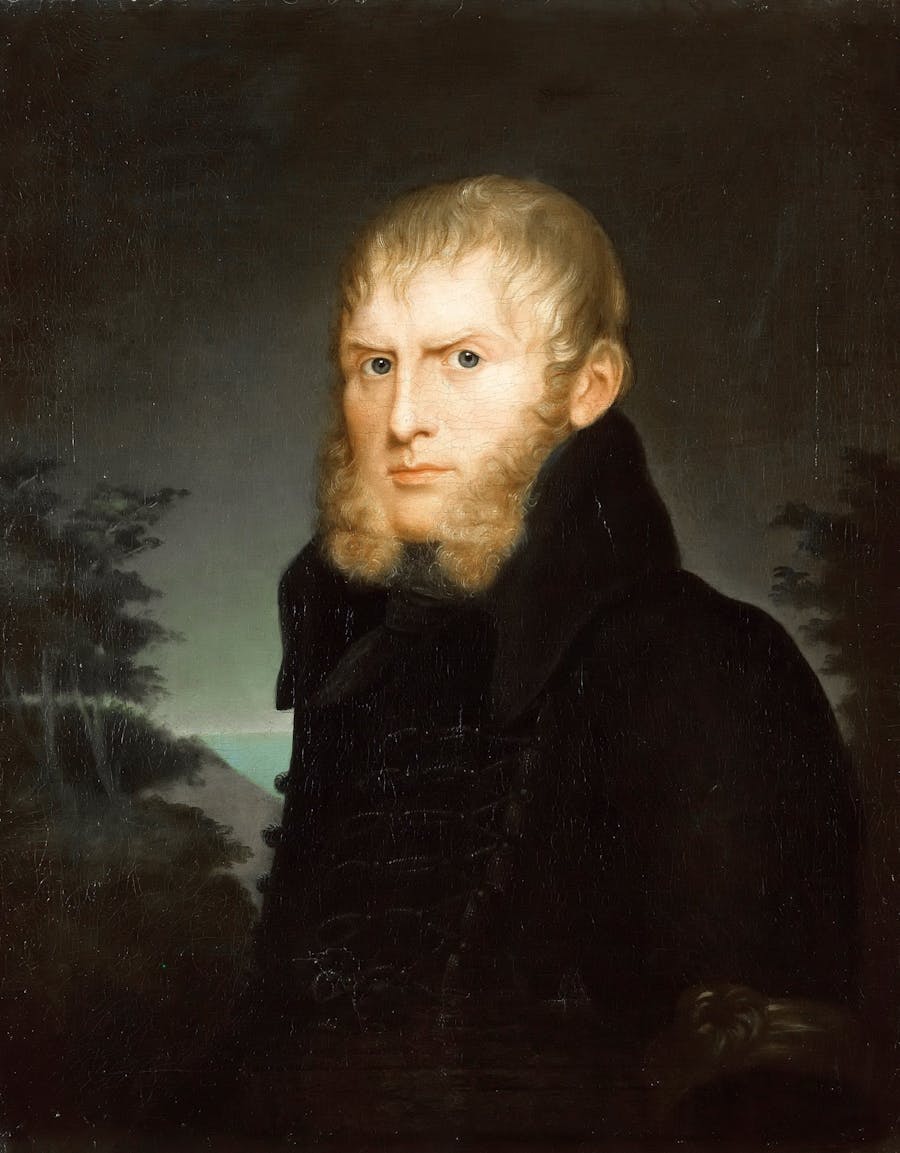
These worries proved to be justified. In January 1818, Friedrich married Caroline Bommer, 19 years his junior. In the summer the couple went on a honeymoon to Rügen, where the painter began work on his famous picture of the chalk cliffs. Back in Dresden, Caroline fulfilled her duties as a housewife and mother and gave birth to four children in the following five years. She accepted the peculiarities of her husband, who increasingly sought solitude in his depressive phases, and also endured his accusations that she was unfaithful, which sometimes took violent turns.
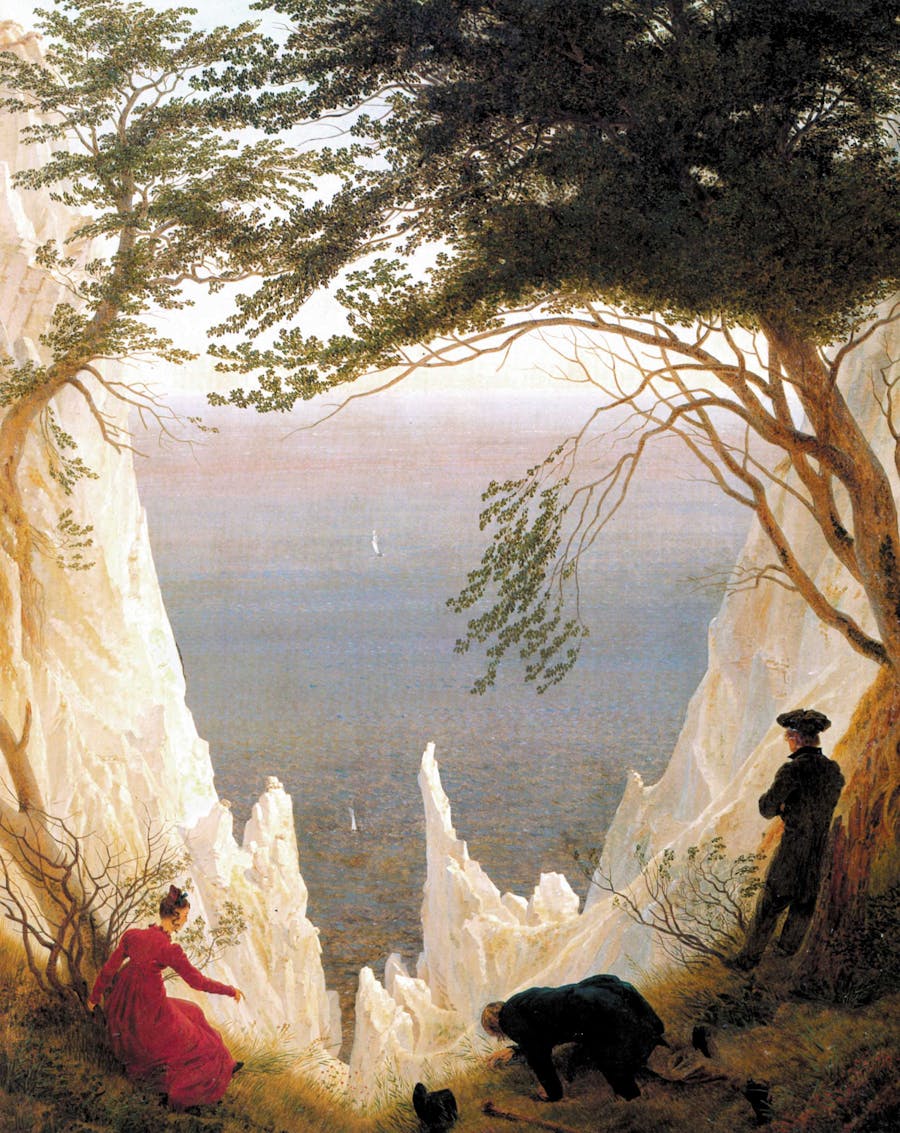
Professionally, Frederich continued to record successes. In 1824 he became an associate professor at the Dresden Academy, and through the mediation of the Russian poet Vasily Andrejewitsch Schukowski he sold his paintings to the Russian Imperial family.
Related: The First Known Works by 10 Famous Artists
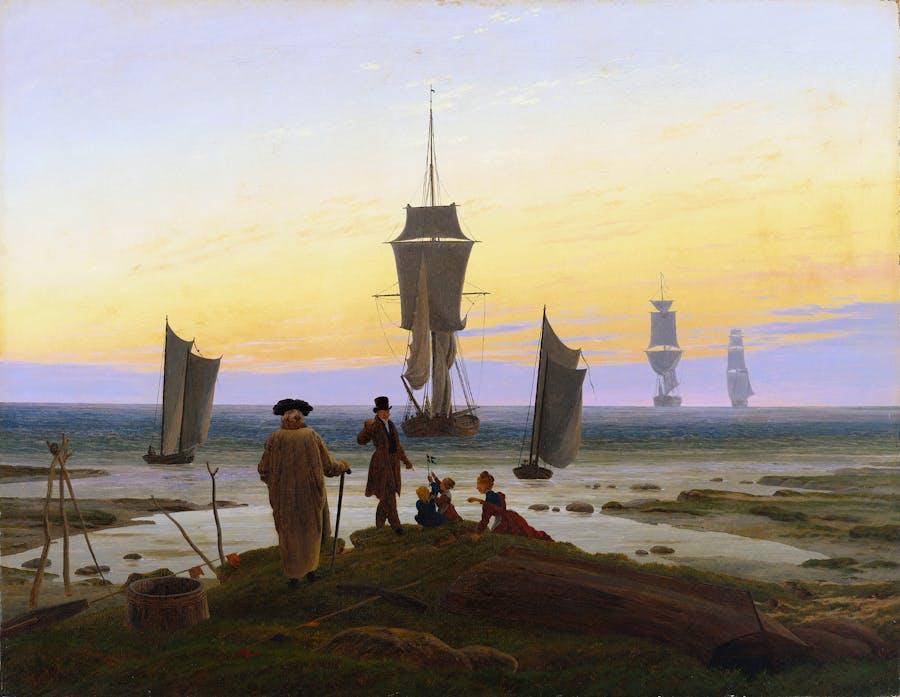
However, recurrent illnesses led to spa stays in Rügen and in Bohemia, which hindered his artistic production. After a stroke in 1835, he only painted one oil painting and instead turned to watercolors and sepia drawings. On May 7, 1840, Caspar David Friedrich died at the age of 65 in his adopted home of Dresden.
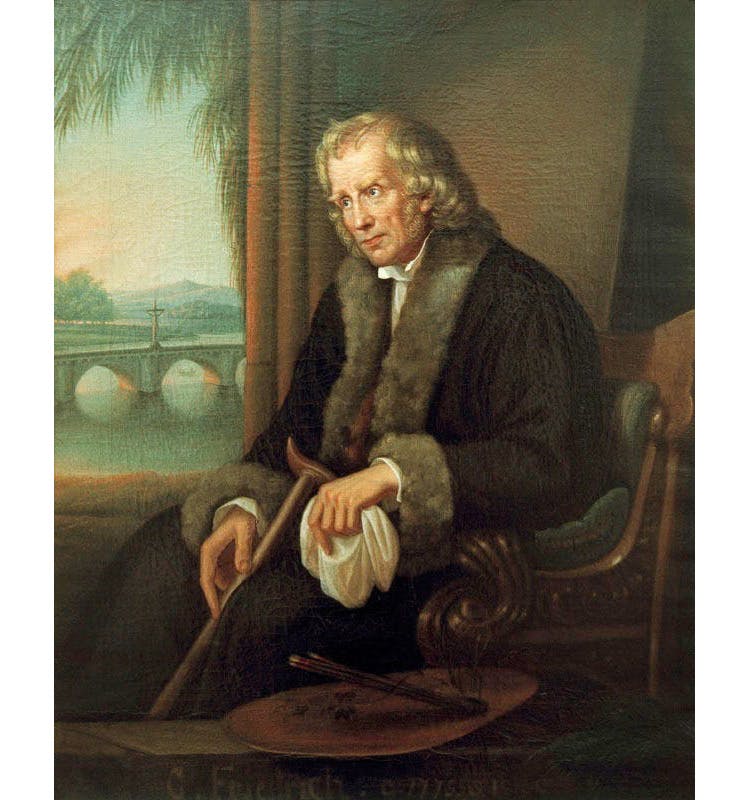
Caspar David Friedrich painted over 300 paintings, most of which have been lost over the years. He imbued them with the great themes of Romanticism, such as longing, sorrow, nature, mysticism and the unconscious. The overall melancholy impression, however, echoes the melancholy character of the artist himself.
Related: The 10 Most Famous Works of Art and Where to Find Them
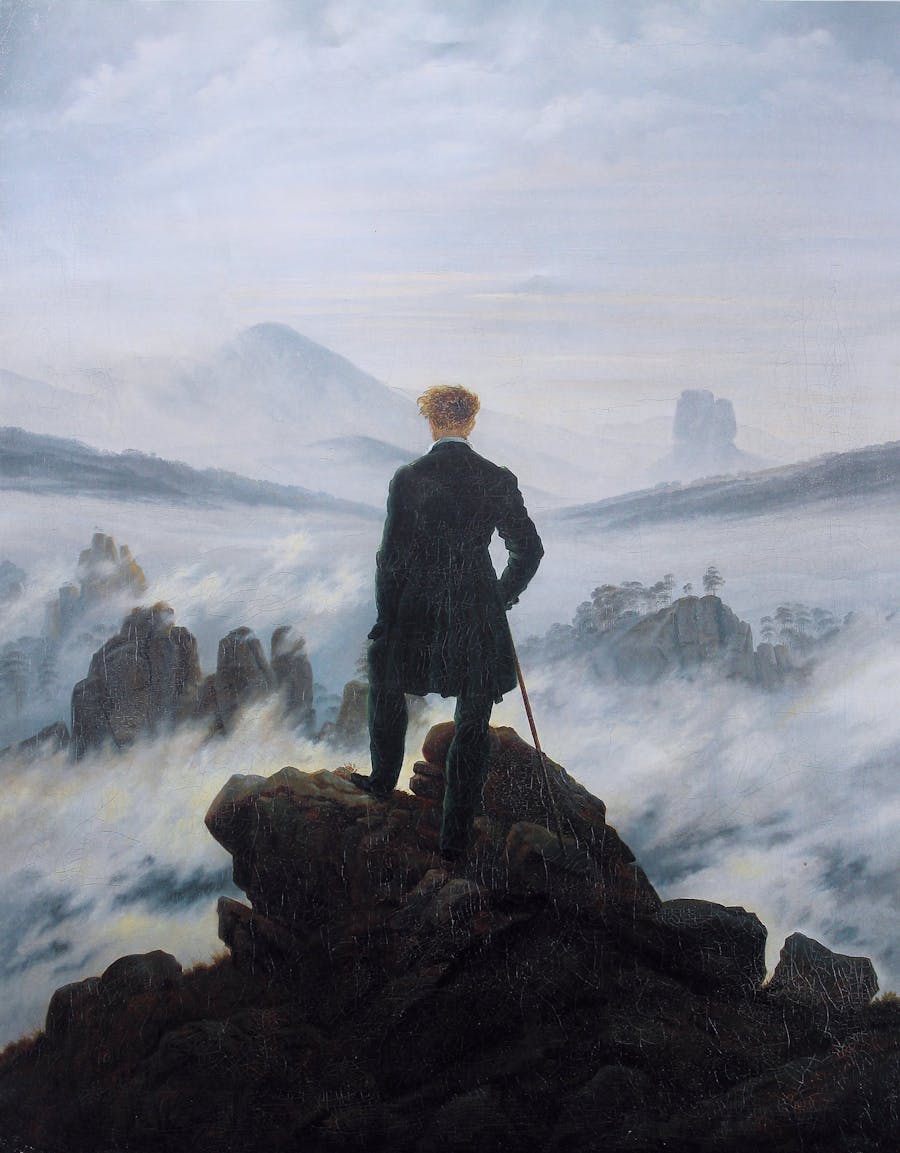
Friedrich's often revolutionary pictorial concepts influenced later generations of artists, such as the symbolists Edvard Munch and Arnold Böcklin and the surrealists René Magritte and Max Ernst. In the the middle of the epoch of Biedermeier, the foundation stone was laid for modern painting with the vision of Caspar David Friedrich.


